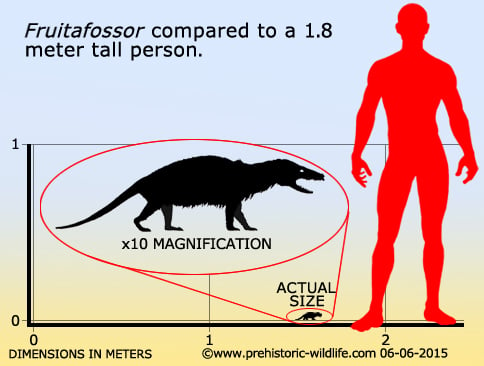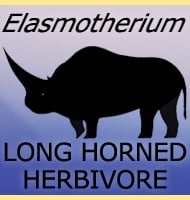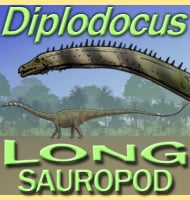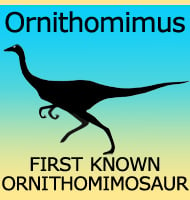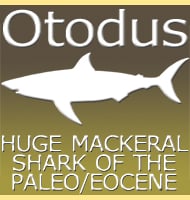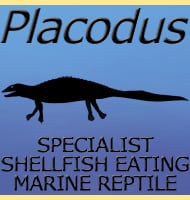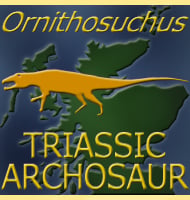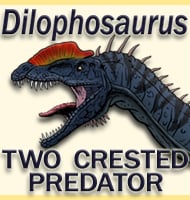In Depth
The discovery of Fruitafossor made many palaeontologists sit up and pay attention, because here was a digging mammal that existed one hundred million years before the previously known Cenozoic ancestors of today’s mammalian diggers. Although it appears that Fruitafossor was not related to any of today’s existing mammals, it employed its powerful forearms, which have earned it the nickname ‘Popeye’ due to their oversized resemblance to the cartoon characters forearm, to dig for the termites that lived towards the end of the Jurassic. Not only could Fruitafossor have used its forearms and claws to break into termite nests, it has also been suggested that it could dig itself burrows for protection from hunters.
The teeth of Fruitafossor are sharp and lack enamel suggesting that they were lost and replaced as they wore out. Animals that eat termites usually do not have to do any chewing, so enamel is not required to protect the teeth for this process. More importantly though, the same type of teeth are found in mammals that primarily feed on termites today, indicating that because Fruitafossor was not related to them, the evolutionary adaptations suited for eating termites happened more than once.
The species name F. windscheffeli is in honour of Wally Windscheffeli, a Carnegie museum volunteer who discovered the Fruitafosser remains.
Further Reading
– A Late Jurassic digging mammal and early mammalian diversification. – Science 308:103-107. – Z.-X. Luo & J. R. Wible – 2005.
